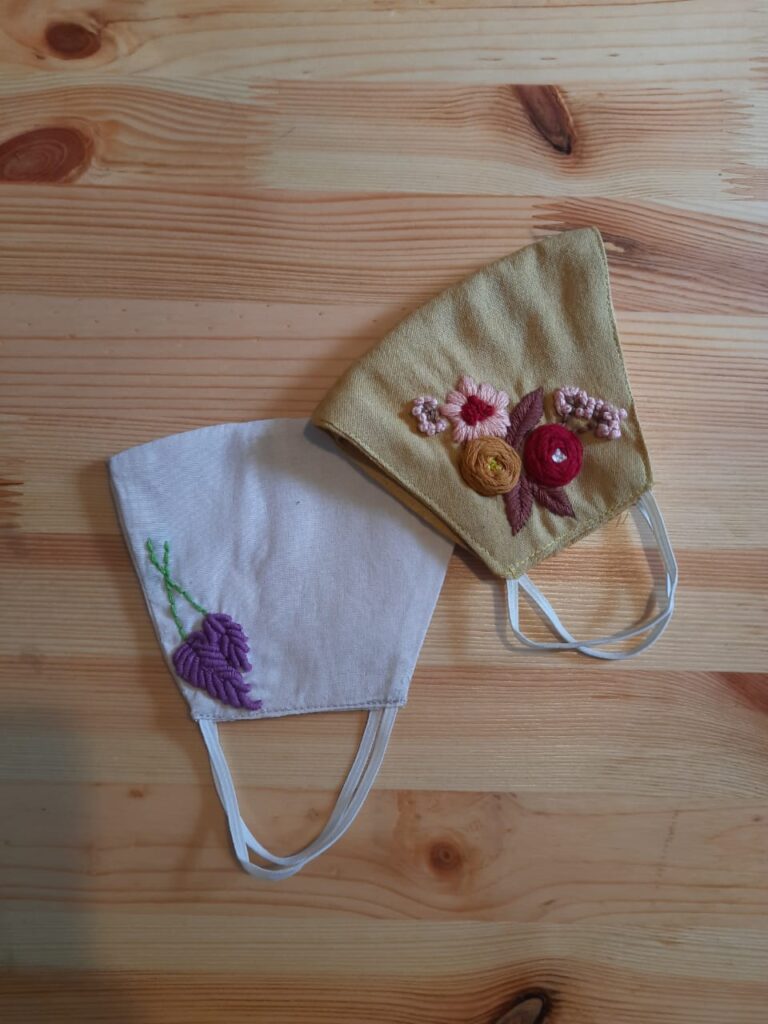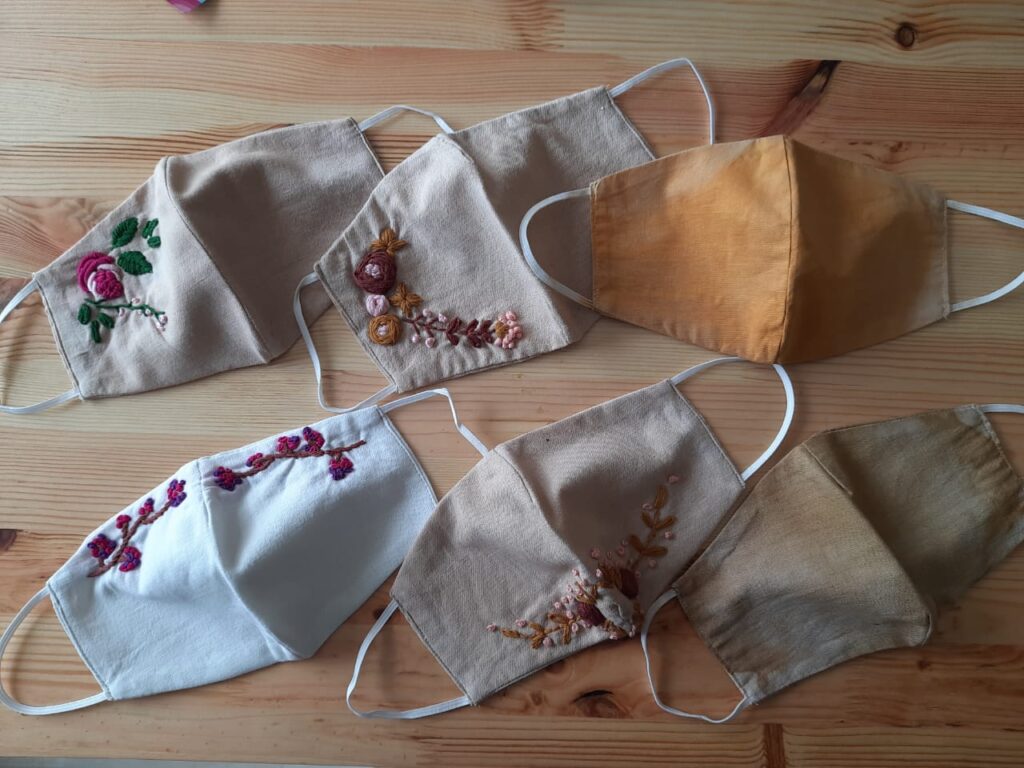
Sustainable Fashion Made Easy: REPURPOSE AND DYE With Natural Materials
It’s natural to get wearied with clothes that you had a while. Trying to be more sustainable doesn’t mean you’re just stuck with these. There are numerous ways to upcycle and repurpose clothes.
Join me as I explore the colorful and sustainable world of natural dyeing! I had experimented with natural colours during the pandemic with an increasing curiosity for the broad range of colors that can be seen in nature. I used to ponder of natural colors as muddy and dull, and while you can get enough of those, there are some fantastic tints that surprise you! And two things happened off late that piqued my interest in exploring the green enthusiast in me, especially when it comes to natural dyeing and hand embroidery. There is a lot on this subject to experience than can fit in one blog post, so I’m giving a brief overview of what you’ll need to get started as you repel the urge to dye everything in your closet!
How I started exploring natural dyes
I feel like it has inspired my creative process. When I started natural dyeing it reconnected me to my love for nature and my roots. I find it incredibly satisfying to explore something that will produce a brilliant colour in my creative home.
“The more we learn about plant dyes, the more we understand that they are not just colors, but stories of the earth.” – Sasha Duerr
Opting for natural dyes over synthetic ones

Natural dyes have numerous advantages over synthetic dyes, making them a great choice for those who are interested in sustainable and eco-friendly practices. Natural dyes are biodegradable and do not pollute the environment, they offer unique and subtle shades that are difficult to achieve with synthetic dyes, and they have cultural significance and can help preserve traditional dyeing techniques. Additionally, natural dyes are often made from plant materials that have health benefits and are safe to use, whereas synthetic dyes can be harmful to human health. By using natural dyes, we can reduce our environmental impact, support traditional cultural practices, and create beautiful and unique colors. So why not give natural dyeing a try and experience the beauty and benefits of this sustainable practice for yourself?
Let’s have a look at the process
“Natural dyeing is a slow and thoughtful process, a way to create something beautiful while respecting the earth and its resources.” – Yoshiko Iwamoto Wada
Choose your vegetable skins: Some common vegetables that can be used include onion skins, avocado pits, pomegranate skins, and walnut hulls. You can also use other plant materials such as flowers, leaves, and bark.
Here’s a general process for dyeing fabric using vegetable skins:
- Collect the vegetable skins. The amount you’ll need will depend on the fabric you’re dyeing and the intensity of color you want to achieve.
- Prepare your fabric or yarn: Wash the fabric or yarn to remove any dirt or oils that may interfere with the dyeing process. You can also pre-mordant the fabric or yarn with a natural mordant such as alum or vinegar to help the color adhere better.
- Make the dye bath: In a large pot, add enough water to cover the fabric or yarn and the vegetable skins. Bring the water to a boil, then lower the heat and let it simmer for about 30-60 minutes.
- Strain the dye bath: After simmering, strain the vegetable skins from the dye bath using a cheesecloth or fine mesh strainer.
- Add the fabric or yarn to the dye bath: Place the fabric or yarn in the dye bath and let it simmer for about an hour. Stir occasionally to ensure that the color is evenly distributed.
- Rinse and dry: After the desired color is achieved, remove the fabric or yarn from the dye bath and rinse it thoroughly with cool water until the water runs clear. Hang the fabric or yarn to dry in a well-ventilated area away from direct sunlight.
It’s important to note that the color achieved through natural dyeing can vary depending on the type of vegetable skin used, the strength of the dye bath, and the type of fabric or yarn being dyed. It’s easy to do at home and can produce beautiful, unique colors on your fabric or yarn. So why not give it a try? You can start by choosing your vegetable skins, preparing your fabric or yarn, and following the simple steps outlined above. Not only will you be reducing your environmental footprint, but you’ll also have the satisfaction of creating something beautiful and one-of-a-kind. So go ahead, grab some vegetable skins and start dyeing today!
Get Inspired
Clearly, I’m not a plant dyeing expert. But seeing the results of these pieces, I had a smidge of hope in the potential of my creativity and was eager to learn more about natural dyes. Here it goes.


